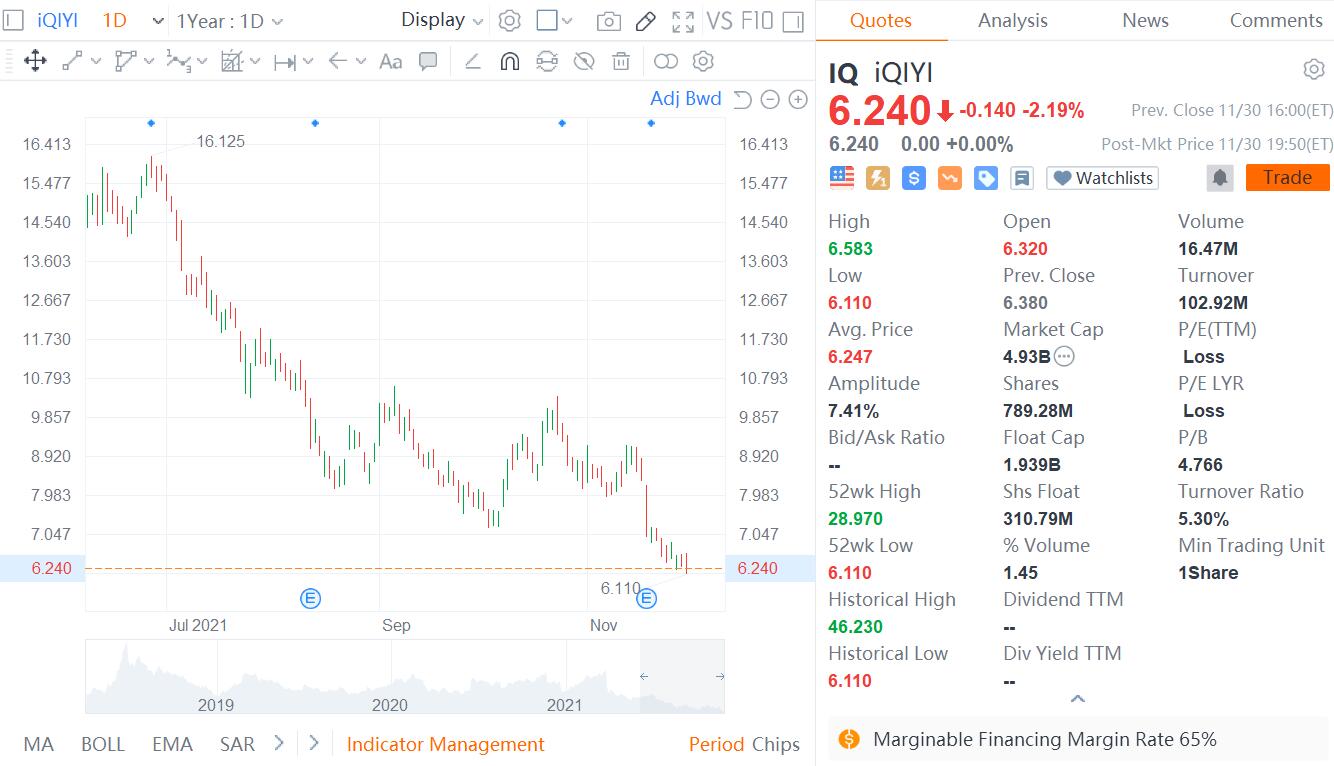
The spread of the new coronavirus (Covid-19) pneumonia epidemic in China has been brought under control. Nowadays, as the temperature gradually rises, people are more hopeful that the epidemic will recede. Will rising temperatures cause the disappearance of new coronaviruses?
In response, Zhang Wenhong, the senior expert group leader of the Shanghai expert treatment group of the new coronavirus pneumonia, said in a question on March 5 that the heat may have a certain inhibitory effect on the virus. But in the end, further research is needed on who plays a greater role in prevention and weather, he said.
Many experts have explained this issue before.
On January 22 this year, Li Lanjuan, an academician of the Chinese Academy of Engineering and a member of the high-level expert group of the National Health and Medical Commission, said in an interview with the media that the virus itself is not resistant to the outside world and can be effectively inactivated at 56 degrees Celsius for 30 minutes.
In addition, she also said that when the weather is hot in May and June, the virus will easily decrease, and virus infection will occur easily around the Spring Festival and winter and spring. This is also an objective law in nature.
Academician Wang Chen, vice president of the Chinese Academy of Engineering, also said in an interview with CCTV that, in addition to reasonable isolation and protection measures, warmer weather is conducive to the decline in incidence.
In fact, the SARS epidemic 17 years ago disappeared after the summer. The World Health Organization (WHO) also sees warmer weather as one of the reasons for the disappearance of SARS.
In the book "How the SARS International Plague Was Stopped" published by the WHO in 2006, the first is that the case reports are transparent and open, the second is that all countries do their best to control the flow of sick people, and the third is the warmer weather.
Therefore, it is generally expected that the current epidemic of new coronavirus pneumonia will repeat the same mistakes of the SARS virus that year.
Wang Peiyu, deputy dean of the School of Public Health at Peking University, systematically explained the relationship between the warming weather and the improvement of the epidemic.
He said that from the past rules, after the warm weather, it is indeed detrimental to the spread of the virus, but we cannot rely entirely on this.
Wang Peiyu explained that the new coronavirus is an RNA virus. The virus cannot reproduce in the external environment and soil. It can only reproduce in living bodies such as humans and animals. Therefore, RNA viruses are not very stable and may be destroyed in the environment ,break down.
As the temperature rises, RNA is more easily broken down and destroyed in the environment. Therefore, relatively speaking, the flu and so on are all fierce in the winter, and will ease after the warm weather.
But Wang Peiyu also said that after the weather is slightly warmer, it is hard to say how effective it is to kill the new coronavirus. "Now there are still cases in warm places like Guangdong and Singapore, so the eradication of the new coronavirus cannot be completely dependent on temperature."
How to explain the relatively mild epidemic in Africa? Wang Peiyu acknowledged that the high temperature may have played a role in the relatively mild epidemic in Africa. "But it may also be because Africa has relatively few people in high-endemic countries." How much relationship there is. "
Wang Peiyu introduced that the epidemic of infectious diseases should meet three links: the route of transmission, the source of infection, and the susceptible population.
After the temperature rises, in addition to affecting the source of infection, it also affects susceptible people, because after warm weather, people's respiratory resistance will be relatively higher.
Therefore, from the perspective of susceptible people, this is why respiratory diseases are more prevalent when the weather is cold, and the situation improves after the temperature is relatively warm.
Special Report: Fighting The New Coronavirus









